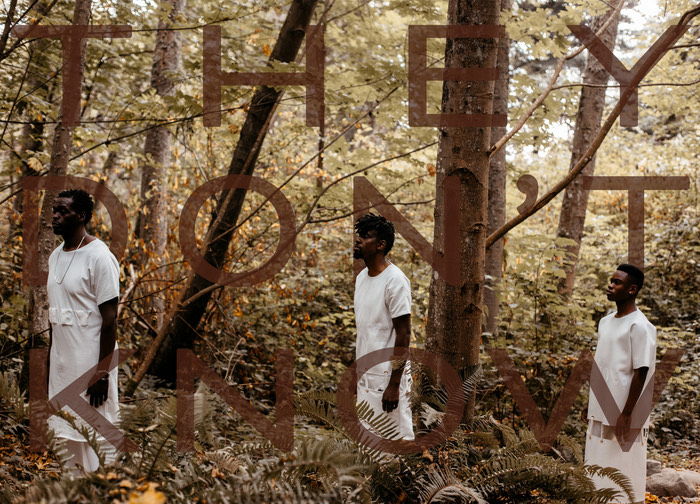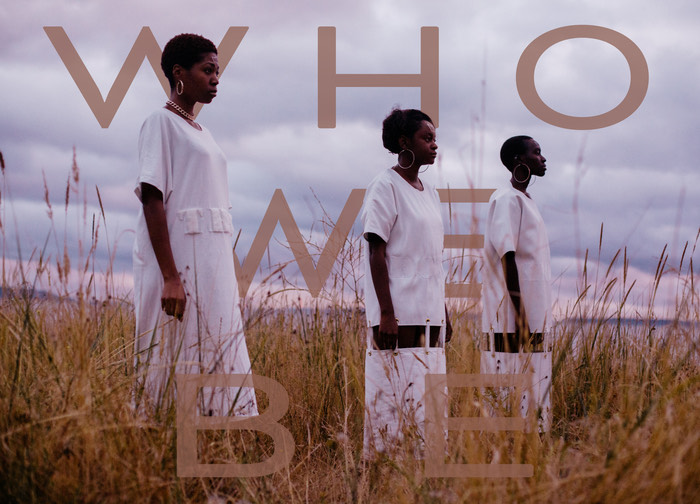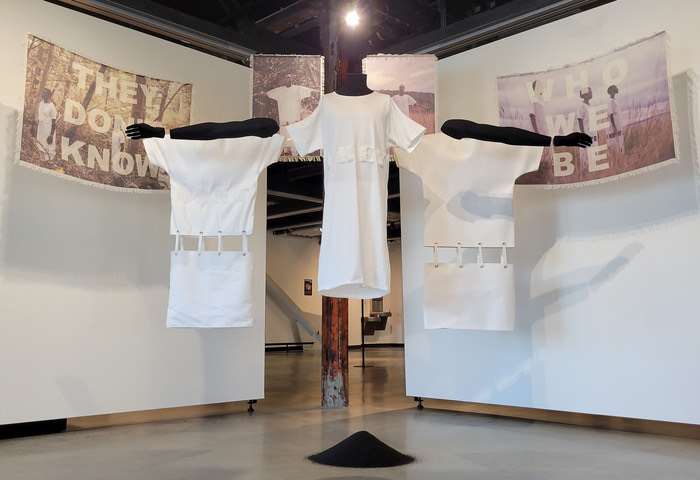
BRAVA Award Winners 2023 – Kamari Bright
Kamari Bright
Emerging Artist Award (Puget Sound region)
This award supports the work of contemporary visual artists and craftspeople from the Puget Sound region who are at an early stage of their professional career. The BRAVA Award for Emerging Artist is focused on artists who have seen early recognition of their visual arts practice, are serious about their pursuit of a career in visual arts, and whose work is deemed promising by a jury.
Kamari Bright is a self-taught creator with a background in psychology, social services, and community advocacy. She began her art journey after moving to Seattle and in lieu of formal training, has developed her practice by taking courses, watching tutorials, and studying other artists. She began as a poet, expanding into other extensions of the written word which eventually led her to videopoetry and installation. “Moving fluidly through these mediums has given me the gifts of freedom and experimentation in my craft,” remarks Bright. As a result, her work has been displayed in the Jack Straw Writers Anthology, Film & Video Poetry Symposium, Moss Literary Journal, the Academy Award-qualifying HollyShorts Film Festival, and more honors including being the first recipient of the Artist Trust Fellowship Award for Black Artists.



Artist Statement
My work is built on a lifetime of observations driven by love, pride, and a desire to write my own story into history through my works. In addition to my culture, my desire to communicate remains at the heart of my artistic practice. I am constantly looking for ways to express ideas, reflections, and messages. In using installation and videopoetry, I began to push the boundaries of traditional poetry. It seemed natural to experiment with the interplay of imagery and text as both of these mediums are pivotal within communication. I am interested in the interchangeability of imagery and text to create one cohesive piece.
Although installation art has more prominence and recognition, videopoetry is a newer creative genre. The novelty of videopoetry leaves space for experimentation with poetic devices and cinematic technique. In my project “Close Spaces” I develop visual vernacular for African-American Vernacular English (AAVE)—which I was raised hearing, speaking, and still use to this day in my work. AAVE is a dialect with its own grammatical and syntactical rules that emerged from enslaved Africans’ attempts to fit the structure of their native languages into English. In “Close Spaces” I focus on two hallmarks from AAVE- the perpetual use of “be” and the continued rapport-building use of AAVE among members in the African American community. The use of “be” within AAVE to indicate the presence of something throughout time is represented in the film by vignetted clips overlaid on a larger scene. Just as the past, present, and future make up the collective entity of time; the hands, eyes, and mouth contribute to the larger entity of the subject. The poetry spoken in the piece reaffirms “we be close” to say that we have, are, and will be connected with one another. Additionally, I filmed as much of the footage as possible with tight lenses to get very intimate, personal shots translating the intentional communal use of AAVE within the Black community. I experimented with ‘trimming the fat’ of scene establishment in traditional filmmaking to get to what I really wanted to communicate- the relationship between closeness and wellbeing.
AAVE is also highlighted in the refrain used in the “Royaltee” series. The first iteration included three stylized tall tees, or oversized t-shirts common in Black hip hop culture in the 2000s, of varying materials. The shirts feature the first three words of the rap lyric “they don’t know who we be” as a commentary on the separation and appropriation of Black culture in the fashion industry. The second iteration featured a photo series and videopoem reconnecting the tall tee with the Black bodies that were often viewed with bias while wearing them; using the natural landscape to emphasize their beauty, belonging, and humanity. The last iteration was an installation using the physics concept of the ‘perfect blackbody’, or an entity that is a perfect absorber and radiator of the electromagnetic spectrum, including visible light. Considering the human eye only registers 1% of that spectrum; this piece asserts that an inability to see the brilliance of Black bodies is due to a defect of the observer.
Just as the writings of Zora Neale Hurston introduced the wider public to the vernacular of African-American culture, I also aim to establish a visual lexicon composed similarly to Black dialect that has yet to be seen in film and videopoetry. After 5 years of studying, creating and developing works, I am hoping to introduce new devices to the public and move toward the tail-end of my classification as an emerging artist.